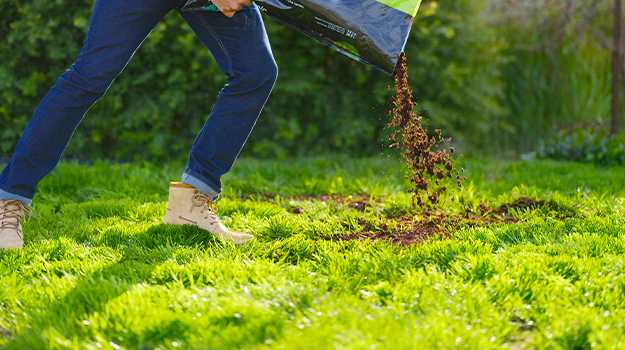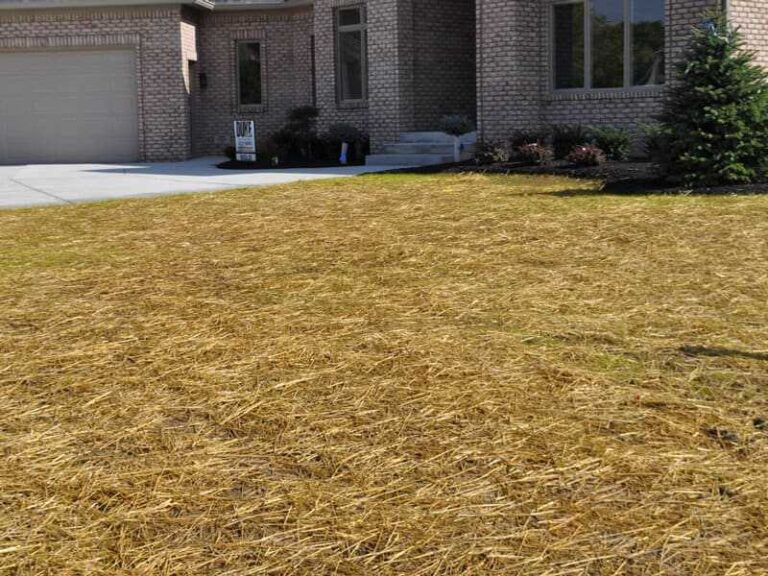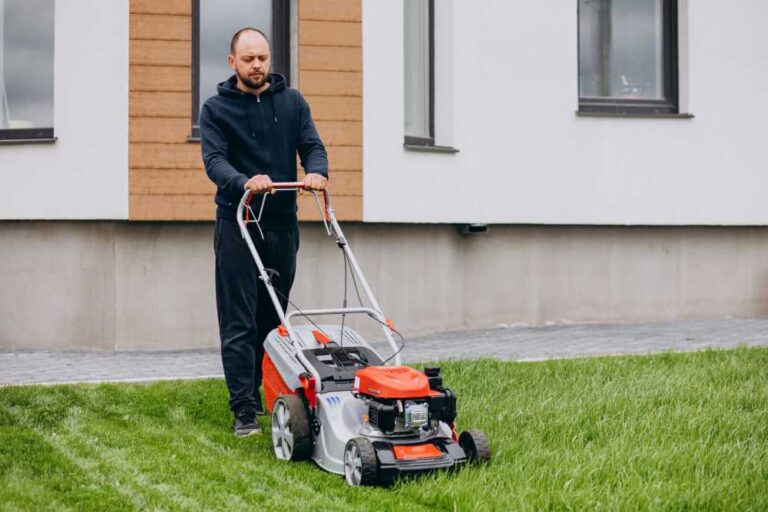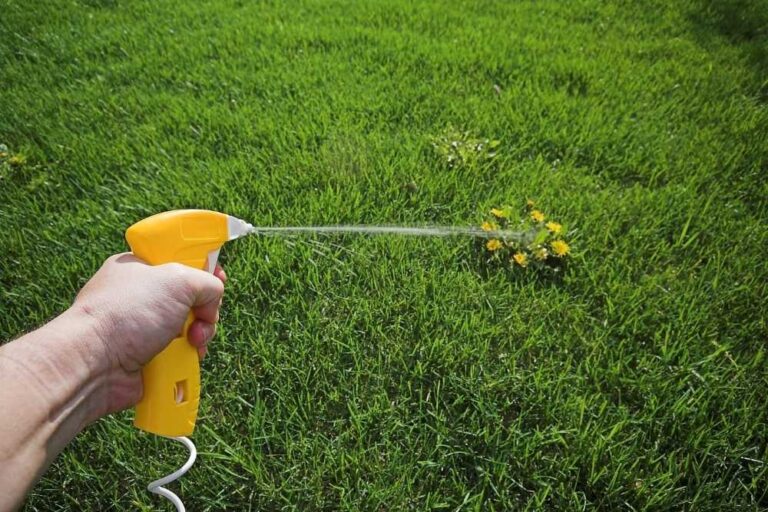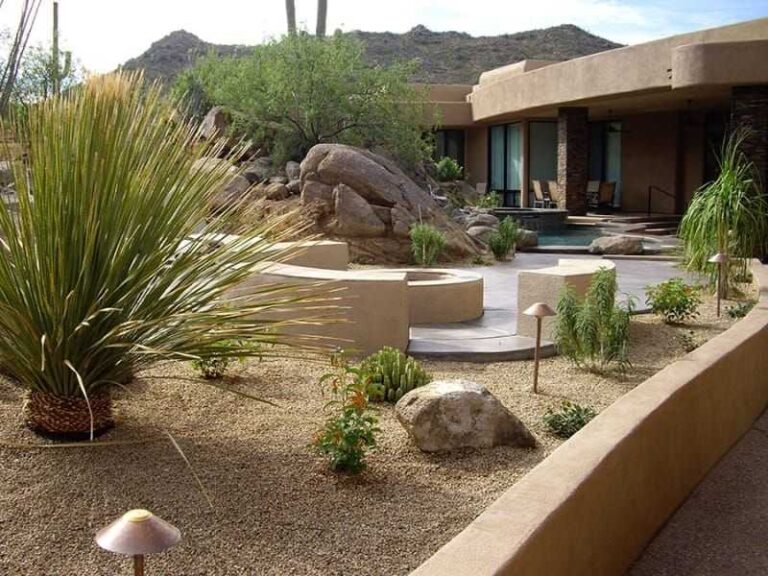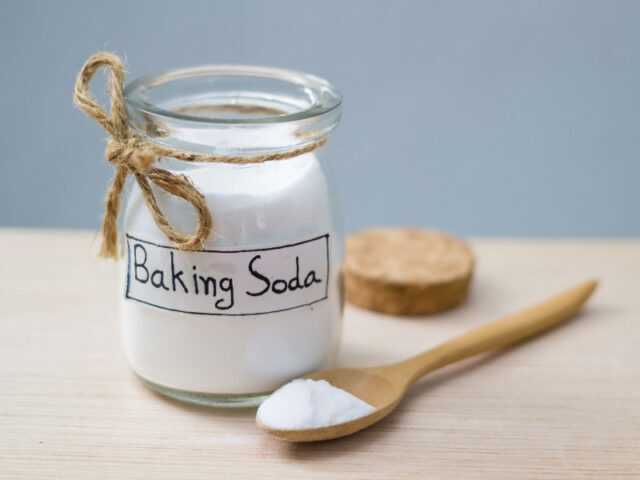8 Benefits of Using Peat Moss to Grow Grass Seeds
Lawn and gardening enthusiasts should consider using peat moss to boost the health of their garden plants. Peat moss is essentially a type of moss that occurs naturally in wetlands. Most gardeners use it to amend the soil, as potting substrates, and grow grass and other backyard plants on lawns. Unlike other alternatives, peat moss grass seed is inexpensive and readily available. Below are the benefits of using peat moss vs. topsoil for grass.
Benefits of Peat Moss to Grass Seed
1. Better moisture retention
Peat moss has undebatable water retention capabilities, which benefit your garden in many ways. For starters, its high-water retention abilities mean it can hold the required moisture grass seeds need to germinate. It also ensures that soil doesn’t dry out quickly, ensuring that your grass seeds are adequately hydrated.
Excellent moisture retention abilities also significantly reduce the frequency of watering your lawn, saving on water use. Using peat moss grass seed water retention properties makes it a perfect choice for gardening enthusiasts looking for sustainable lawn care practices.
2. Improves nutrient availability
Peat moss is primarily made up of dead and decomposing plants. This makes it naturally spongy and absorbent. Therefore, apart from retaining water, it absorbs and slowly releases essential nutrients plants require. It increases the concentration of vital minerals, such as potassium, phosphorus, and nitrogen, in the soil. Increasing these nutrients helps grass seedlings and other plants develop strong roots, improving general lawn vigor.
3. Improves soil structure
Most gardeners and homeowners don’t know the importance of maintaining a good soil structure. The soil structure can make the difference between a healthy and patchy lawn. Peat moss is a natural soil conditioner that improves soil texture and structure. This explains why gardening experts recommend using peat moss for bare spots in lawns.
Peat moss loosens heavily compacted soil, improving aeration, water infiltration, and root penetration. A good soil structure promotes the development of deep, healthy roots. This means you can grow resilient and drought-tolerant grass.
4. PH regulation
Another benefit of using the best peat moss for grass seed is its effect on soil PH. As mentioned, peat moss is made of decomposing vegetation. As such, it has acidic properties that regulate natural soil PH. Using peat moss grass seed is specifically beneficial if the seeds require slightly acidic conditions to grow. However, you should be cautious to avoid using too much peat moss on grass seed.
5. Improves soil aeration
Peat moss is naturally porous. The porous nature creates beneficial air pockets in the soil that allow oxygen to penetrate deep into the seed’s root zone. Proper root aeration also stimulates root growth, improves the uptake of nutrients, and boosts the grass’s resilience.
6. Naturally suppresses weeds
Gardeners looking for sustainable ways of controlling stubborn lawn weeds should consider using peat moss. The spongy peat moss forms a protective layer over grass seedlings, preventing weed infestation. This allows grass seedlings to grow freely without being choked by unwanted weeds. Besides boosting grass growth, controlling weeds also boosts your lawn’s aesthetic appeal.
7. Controls erosion
Homeowners with sloping backyards and landscapes should take advantage of the erosion control properties of peat moss. Pest moss offers excellent control of soil erosion when used on slopes. It stabilizes the soil structure and improves aeration, preventing soil loss and surface runoff.
8. Free of bacteria and fungi
Before shipping peat moss for farm use, manufacturers often treat and sterilize it. This frees it from bacteria and fungi that can harm grass and other lawn vegetation. Organic matter can contaminate your soil with pathogens. However, the sterilization process eliminates these dangers.
FAQs
Below are common questions gardeners have concerning peat moss grass seed:
How to apply peat moss to lawn?
Though not complicated, most homeowners don’t know how to apply peat moss to their lawns. Follow these steps to apply peat moss to your lawn.
- Prepare the lawn. Your lawn should be free from debris, rocks, sticks, and too much grass clippings.
- Test the soil. It’s prudent to know the soil PH and nutrient levels before application.
- Pick the peat moss type and quantity. Choose high-quality peat moss specifically formulated for lawns. The quantity depends on your lawn’s size.
- Spread the peat moss. Using a peat moss spreader or shovel, evenly distribute the peat moss over the lawn surface.
- Water. After spreading and leveling, water your lawn to help the peat moss settle. Watering is also important for grass seed germination.
Is it good to put peat moss over grass seed?
Yes. Peat moss should ideally be placed over grass seed. Placing peat moss over grass seeds helps retain moisture, promotes germination, improves nutrient availability, and protects grass seedlings from weeds.
Should I use peat moss when overseeding?
Yes. Using peat moss when overseeding is beneficial. Having peat moss on your lawn provides the same benefits as putting peat moss over grass seeds. It helps with moisture, suppresses weeds, and reduces weed competition.
How do I reseed my lawn with peat moss?
Reseeding the lawn with peat moss is very easy. You should first ensure the lawn is clear and free from debris. The next step is to apply peat moss, spread using your hand or spreader, then water for peat moss to bind with soil.
Do you put peat moss over or under grass seed?
You should put peat moss over grass seedlings. After spreading grass seedlings on your lawn or patchy area of your garden, apply thin layers of peat moss over the seedlings. Having peat moss over grass seedlings prevents moisture loss, improves nutrient availability, and protects seeds from weeds.
The Bottom Line
Using peat moss when growing your grass is beneficial in many ways. It boosts seedling growth and the vitality of your lawn. From improving moisture retention, nutrient availability, and soil structure to suppressing weeds, peat moss is key to a healthy and thriving lawn. Peat moss is also fully organic, making it a perfect choice for homeowners who want to embrace sustainable gardening practices.
